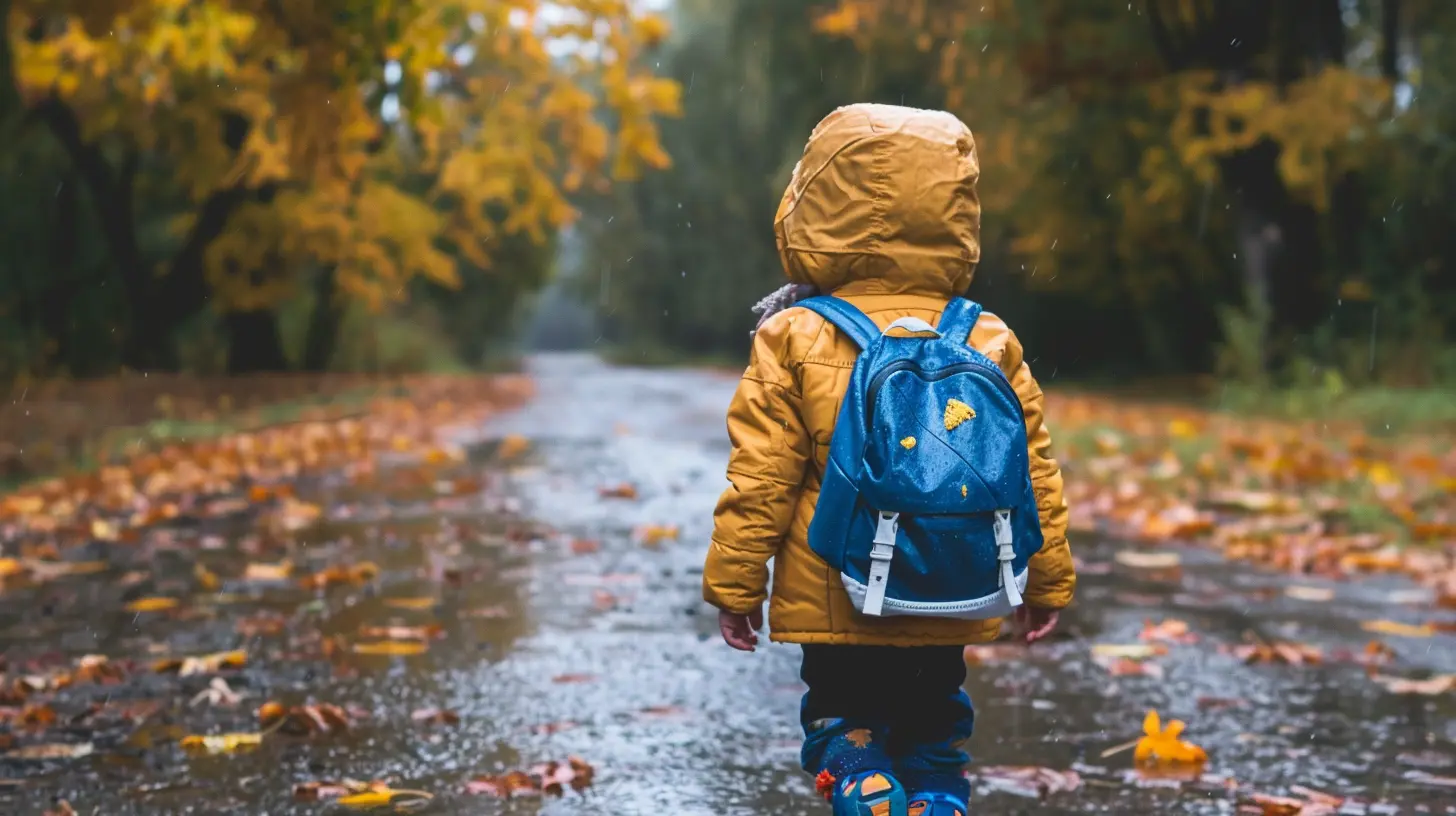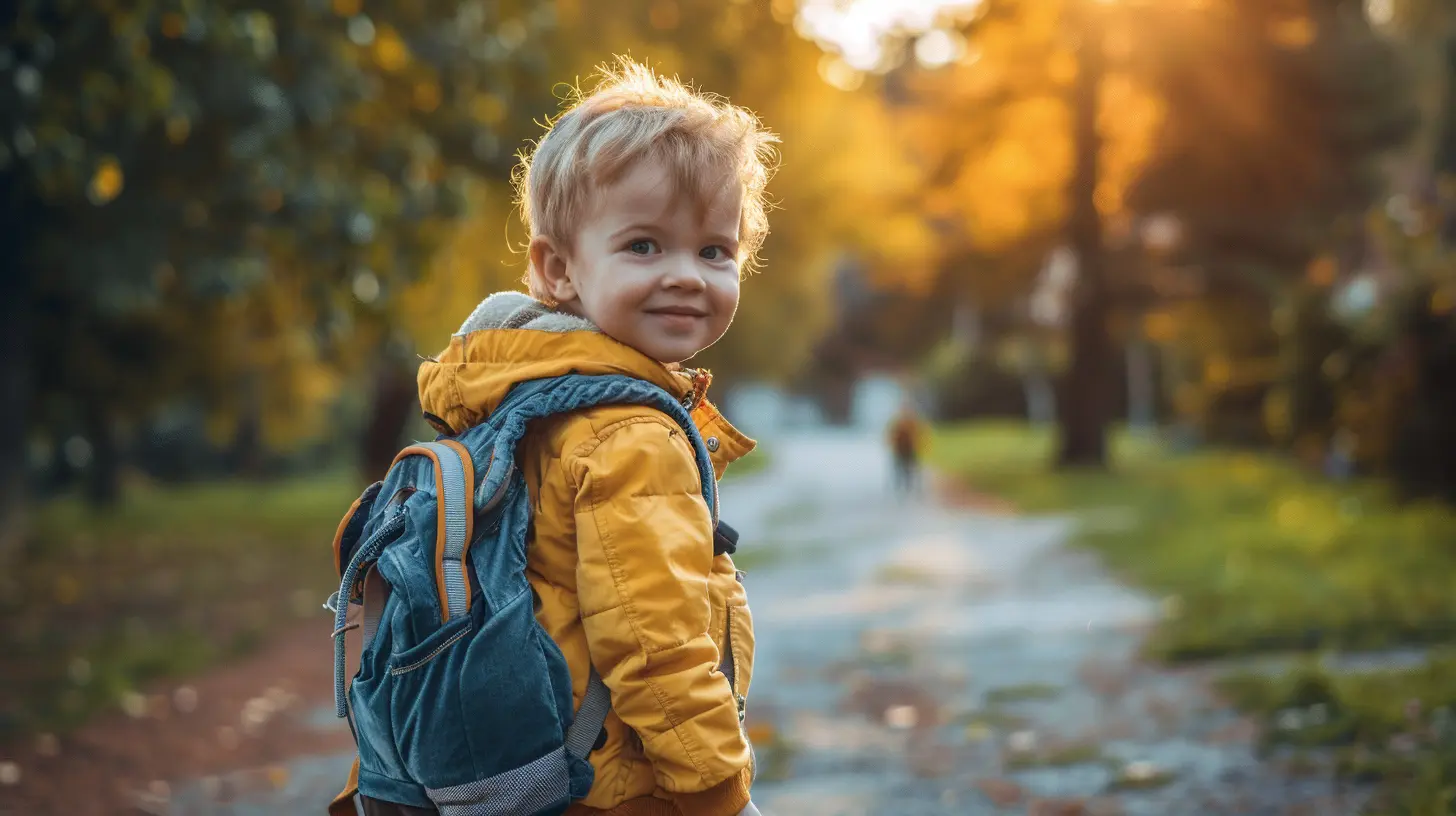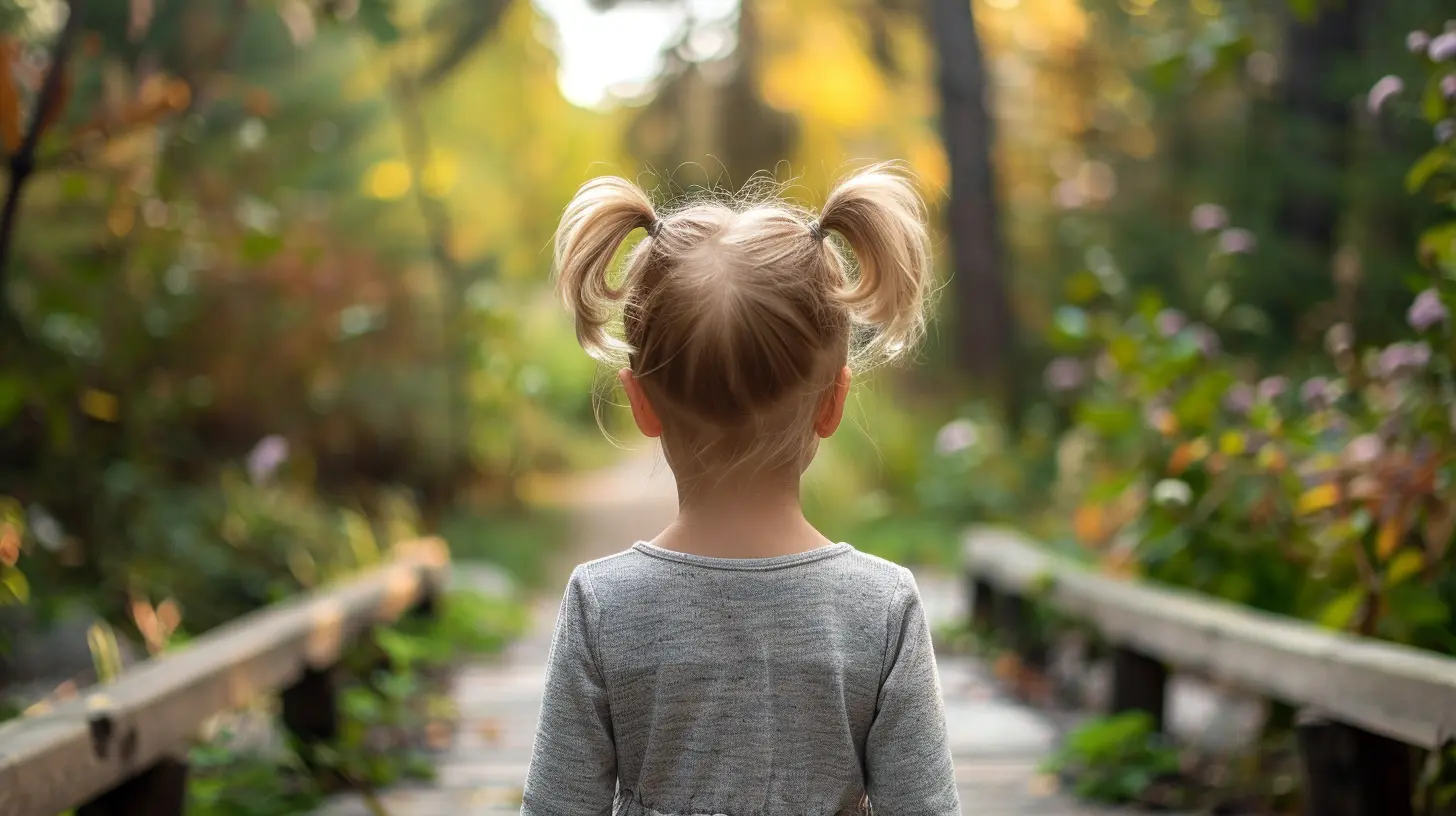Preschool Transitions: How to Help Your Child Adapt to New Routines
21 October 2025
You know that gut-twisting moment when your little one clings to your leg, begging you not to leave as you drop them off at preschool? Yeah, we’ve all been there. The preschool transition isn’t just a big deal for kids—it’s a rollercoaster for parents too. Starting preschool is a major milestone, but it can also be a whirlwind of emotions, schedules, and new faces.
Whether your child is excited, nervous, or completely unaware of what’s coming (hello, wild toddler energy), one thing’s for sure: transitioning into preschool takes time, patience, and a little strategy. But don’t worry—this guide is like your parenting GPS, helping you and your child navigate the bumpy road of change with fewer meltdowns and more high-fives.
Let’s dive into how you can make preschool transitions smoother, less stressful, and maybe even…fun?
Why Are Preschool Transitions So Challenging?
Imagine starting a new job without understanding the company, meeting a room full of strangers, AND being told when to eat, nap, and play. That’s preschool in a nutshell—for someone who’s maybe just mastered potty training.Preschool transitions are tough because they involve so many changes:
- A new environment
- Separation from familiar caregivers
- Different routines and schedules
- A room full of unfamiliar kids and adults
For a little kid, that’s a lot to process! It’s like being dropped into a foreign country with no translator.
Add to that the fact that toddlers and preschoolers thrive on routine and familiarity. When their world suddenly shifts, their emotional radar goes on high alert. Cue clinginess, tears, and the inevitable “I don’t wanna go!”
Start Preparing Early—Like, Way Before the First Day
One of the easiest (and most overlooked) ways to help your child adjust is to start prepping them weeks—not days—in advance. No one likes being blindsided, especially tiny humans.Talk About Preschool (A Lot)
Start chatting about preschool casually during daily routines. Mention it during bath time, meals, or bedtime stories. Keep it upbeat and exciting:> “Guess what? Next month, you’ll go to preschool just like the big kids!”
Use simple, positive words and paint a picture of what preschool will look like—new friends, storytime, painting, and snack breaks. The goal? Make it sound like an adventure, not a punishment.
Visit the Preschool Together
If possible, schedule a visit to the school before the big day. Walk around, meet the teacher, check out the playground. This simple step takes the mystery out of things and helps your child feel more confident.
Build a Routine Before the Routine
Preschool is all about structure: wake-up times, meal breaks, nap schedules. If your current day is more “chaotic free-for-all” than “structured masterpiece,” no judgment—but it’s time to ease into a routine.Practice the Schedule
Start mimicking the preschool schedule about two weeks in advance:- Set a consistent wake-up and bedtime
- Do pretend school activities at home
- Practice eating snacks at set times
- Build in reading and quiet time
This way, the actual preschool routine doesn’t feel like a rude awakening. It’s more like a natural next step.
Role-Play Preschool at Home
Play pretend! Set up chairs, grab a stuffed animal “classmate,” and take on different roles. Let your child be the teacher one day, then switch. Act out activities like circle time, snack time, or clean-up time.Not only is it fun, but it gives your kid a mental rehearsal of what to expect.
Deal with Separation Anxiety Like a Pro
Ah, the clingy cries and teary eyes—sometimes yours, sometimes theirs. Separation anxiety is a natural part of the preschool transition, but there are ways to handle it so it doesn’t derail your mornings.Create a Goodbye Ritual
Kids LOVE rituals. (Think about how particular they are with bedtime routines.) A special goodbye—like a secret handshake, a hug-kiss-high-five combo, or a silly phrase—can give them a sense of predictability and comfort.Keep it consistent. And keep it short. Lingering goodbyes often make things worse.
Don’t Sneak Away
It might be tempting to slip out when they’re distracted, but that can lead to trust issues. Always say “bye,” even if it triggers a few tears. Over time, they’ll learn that you’re coming back—promise.Bring a Comfort Item
Let your child take a small item from home—maybe a favorite stuffed animal, a special bracelet, or even a family photo. It helps bridge the gap between home and preschool, like an emotional security blanket.Communication is Key—With Both Kids and Teachers
Your child may be the star of the show, but don’t forget to build a strong relationship with their teacher. Teachers can give you invaluable insights into how your child is adjusting and what you can do to help.Talk to the Teacher
Let them know about any concerns, quirks, or routines your child has. Teachers are superheroes, but they’re not mind readers.Also, don’t hesitate to ask how your child is doing during the first few weeks. A quick message or chat at pick-up can ease your anxieties too.
Chat With Your Child Daily
You don’t need to grill them like a detective, but do check in with open-ended questions:- “What was the funniest thing that happened today?”
- “What did you play with during free time?”
- “Did anything make you feel nervous or sad?”
You’ll get way more information this way than by asking, “How was your day?”
Expect Some Regression—And Be Cool With It
Here’s the truth: kids don’t always progress in a straight line. Maybe your potty-trained superstar suddenly starts having accidents. Or your chatterbox clams up. It’s normal, and it’s temporary.Transitions can shake up even the most well-adjusted kiddos. Embrace the bumps, respond with understanding, and hold off on overreacting.
Just like adults stress-eat or snap when we’re overwhelmed, kids act out in their own ways. Be patient—but consistent—with boundaries and routines.
Celebrate Small Wins
The first time they walk in without crying? Celebrate.The first time they tell you about a new friend or activity? Celebrate.
Every step forward, no matter how small, builds confidence for you AND your child. And honestly, you both deserve a little praise. Preschool transitions are no small feat!
When Things Don’t Go Smoothly (Because Sometimes They Won’t)
Let’s be real—not all preschool transitions are sunshine and finger paints. If weeks go by and your child is still struggling hard, it might be time to dig deeper.Look for Red Flags
- Extreme resistance every single day- Big changes in sleep or appetite
- Aggression or outbursts beyond their norm
- No signs of warming up
It doesn’t always mean something is seriously wrong, but it’s worth a closer look.
Keep an Open Conversation with the School
Maybe there’s a mismatch between your child and the classroom style. Or maybe they just need a little more support. Don’t be afraid to advocate for your child—kindly but firmly.Consider Additional Support
Sometimes talking to a child psychologist, counselor, or early childhood expert can help. There’s no shame in seeking guidance—it’s a sign of strength, not failure.Final Thoughts: It’s a Marathon, Not a Sprint
Preschool transitions test patience, tug at heartstrings, and sometimes involve a few public tantrums. (Hey, Target checkouts are a battlefield.) But every child gets there at their own pace.The key is to keep showing up with love, consistency, and a little creativity. Your support is the safety net that helps them leap into this new chapter.
So, even when you’re bleary-eyed and coffee-fueled, just remember—you’re doing an amazing job. And before you know it, your tiny sidekick will be coming home with paint-covered hands, singing songs you’ve never heard, and proudly showing off their very first art project.
Now that’s magic.
all images in this post were generated using AI tools
Category:
Parenting PreschoolersAuthor:

Liam Huffman
Discussion
rate this article
1 comments
Vanya Frank
Transitioning to preschool can be challenging for both children and parents. Remember, patience and understanding make a world of difference. You’re not alone in this journey.
November 4, 2025 at 3:38 AM

Liam Huffman
Thank you for your thoughtful comment! You're absolutely right; patience and understanding are key during this transition. We're all in this together!


